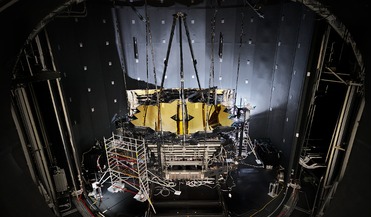 22 November 2017
JWST completes crucial cryogenic test
22 November 2017
JWST completes crucial cryogenic test
... as it will help reveal the first stars and galaxies that formed after the Big Bang. It is also at infrared wavelengths that researchers are able to peer inside dust enshrouded clouds to 'see' the birth places of star and...
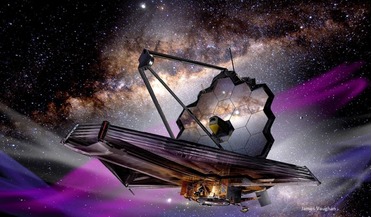 May 2022
Essential guide to the James Webb Space Telescope
May 2022
Essential guide to the James Webb Space Telescope
... gas clouds like smoke), revealing the otherwise hidden world of star formation. However, longer infrared wavelengths, like those seen by NASA’s previous infrared telescope Spitzer, allow us to see the light emitted by cool cosmic dust grains, which...
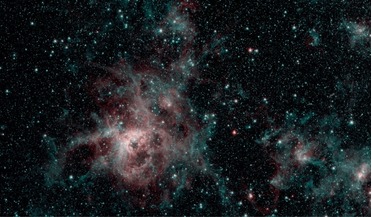 May 2020
Space astronomy at the limits of technology
May 2020
Space astronomy at the limits of technology
... motion of electrons in the material). The main mirror collects the faintest little packets of light - or heat for infrared wavelengths - and you can’t detect anything colder than the temperature of the optical surfaces, so you have to cool...
 10 March 2016
Mysterious infrared light that fills the Universe found with ALMA
10 March 2016
Mysterious infrared light that fills the Universe found with ALMA
... of this enigmatic light is mostly emitted from faint galaxies, whereas the rest have no corresponding objects in optical/infrared wavelengths and their nature is still unknown. Along with the well known Cosmic Microwave Background (CMB), two...
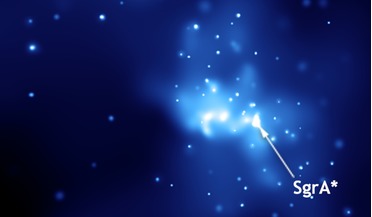 09 August 2019
Is the Milky Way's black hole waking up?
09 August 2019
Is the Milky Way's black hole waking up?
... of astronomers have reported that Sgr A* has, this year, been brighter than ever when measured at near-infrared wavelengths - over twice as much as previously observed by Keck. Data gathered by Keck coupled with measurements from the Very...
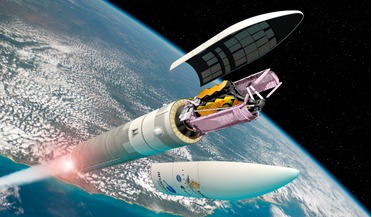 24 December 2021
Less than 24hrs to go before the launch of JWST!
24 December 2021
Less than 24hrs to go before the launch of JWST!
...light outside the visible range and show us otherwise hidden regions of space at the near-infrared and mid-infrared wavelengths. With its longer wavelengths, infrared radiation can penetrate dense molecular clouds, whose dust blocks most of the light...